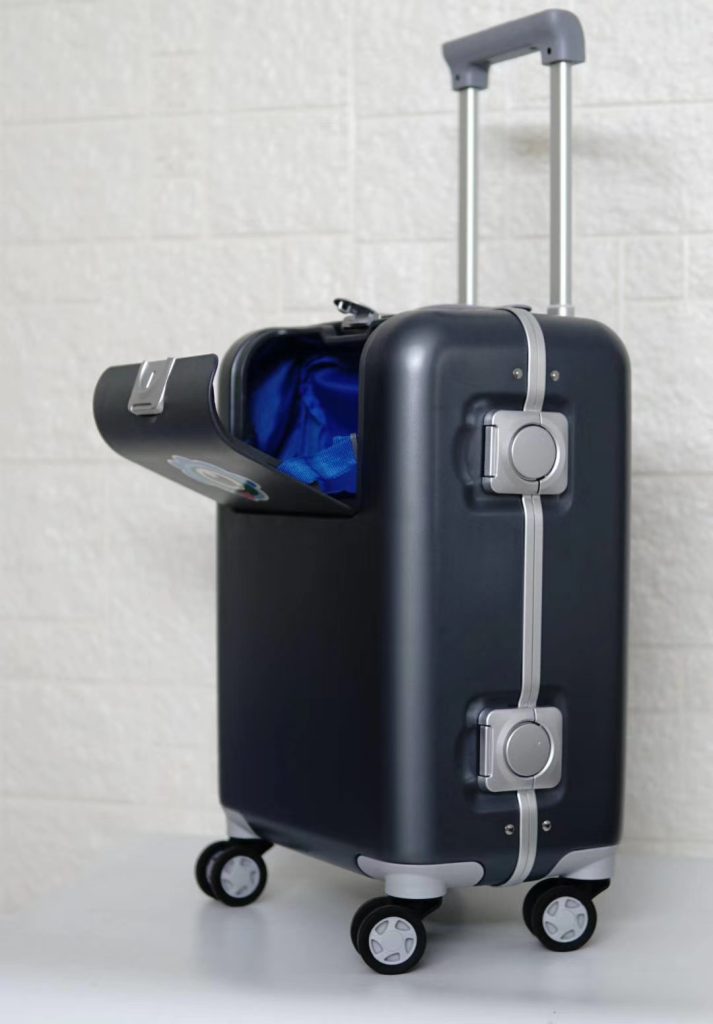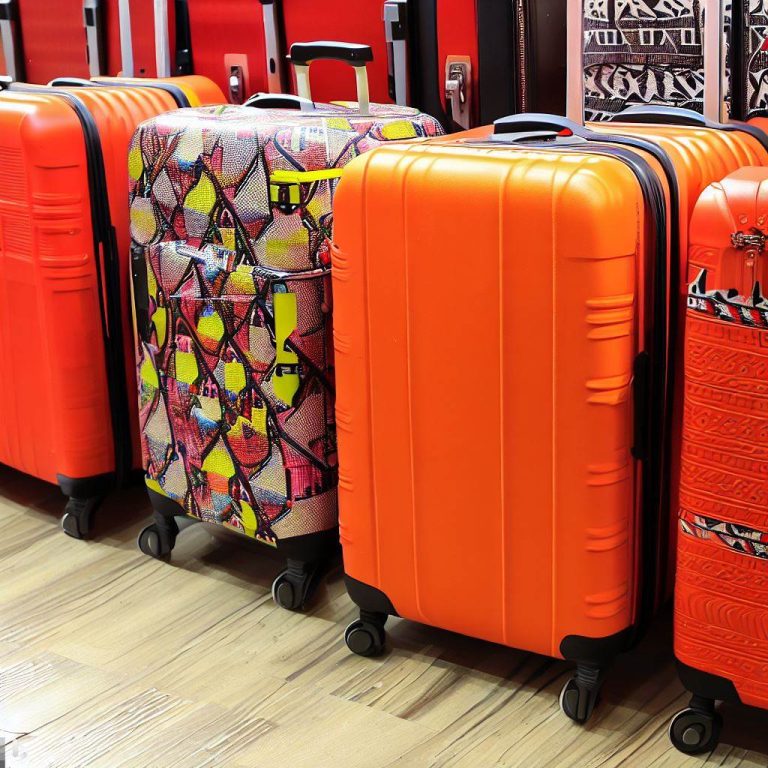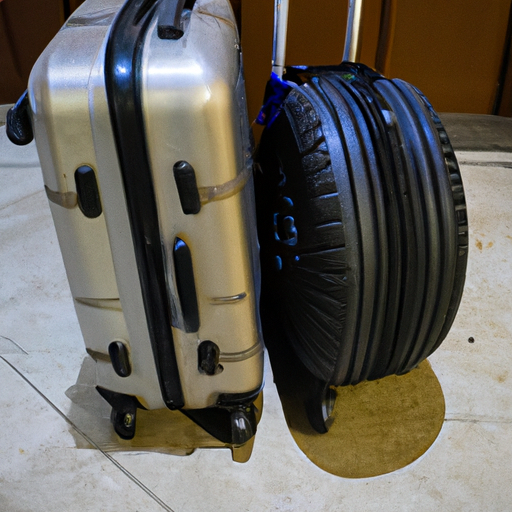Embracing eco-friendly choices and sustainable production practices is not only responsible but also a growing trend in the luggage manufacturing industry. Here’s how a luggage manufacturer can implement sustainable practices and create environmentally friendly products:

- Material Selection:
- Choose sustainable materials such as recycled plastics, organic fabrics, and eco-friendly leather alternatives like cork or mushroom leather.
- Opt for materials that are certified by sustainability standards, such as Global Organic Textile Standard (GOTS) or OEKO-TEX for textiles.
- Recycling and Upcycling:
- Incorporate recycled materials into your luggage, such as recycled PET fabric or upcycled materials from other industries.
- Consider take-back programs where old luggage can be recycled or upcycled into new products.
- Reduced Waste:
- Minimize waste in the manufacturing process by optimizing material usage and reducing excess trimmings and scraps.
- Implement a waste management system that encourages recycling and responsible disposal of materials.
- Energy Efficiency:
- Use energy-efficient manufacturing processes and equipment to reduce energy consumption.
- Invest in renewable energy sources for your production facilities, such as solar or wind power.
- Water Conservation:
- Implement water-saving measures in your manufacturing process, such as recycling and reusing water.
- Choose water-based adhesives and coatings to reduce the use of harmful chemicals.
- Transportation Efficiency:
- Optimize transportation and distribution to reduce the carbon footprint of your products.
- Consider localized production or distribution centers to minimize long-distance shipping.
- Packaging:
- Use minimal and eco-friendly packaging for your products, focusing on recyclable or biodegradable materials.
- Encourage customers to recycle or repurpose packaging materials.
- Dyeing and Printing:
- Use eco-friendly dyes and inks in the coloring and printing of fabrics and materials.
- Explore digital printing methods that minimize water and chemical usage.
- Repairability and Longevity:
- Design luggage with repairability in mind, offering replacement parts or repair services to extend the product’s lifespan.
- Create durable products that withstand wear and tear, reducing the need for frequent replacements.
- Certifications and Transparency:
- Seek certifications like Fair Trade, Carbon Neutral, or Forest Stewardship Council (FSC) for responsible sourcing and production.
- Be transparent about your sustainability efforts, sharing your eco-friendly practices with customers.
- Educational Initiatives:
- Educate employees and consumers about sustainability through workshops, training programs, and informative materials.
- Promote eco-friendly travel practices and responsible luggage use.
- Collaborations and Partnerships:
- Collaborate with other sustainable brands or organizations to promote eco-friendly products and initiatives.
- Partner with environmentally focused NGOs to support conservation efforts.
- Continuous Improvement:
- Continually assess and refine your sustainability initiatives based on the latest industry trends and advancements.
- Involve employees and stakeholders in brainstorming and implementing new eco-friendly practices.
- Customer Engagement:
- Engage with your customers on social media and through marketing campaigns to showcase your commitment to sustainability.
- Encourage customer feedback and suggestions for further improvements.
By implementing these sustainable production practices, a luggage manufacturer can reduce its environmental impact, appeal to eco-conscious consumers, and contribute to a more sustainable future for the travel industry.






